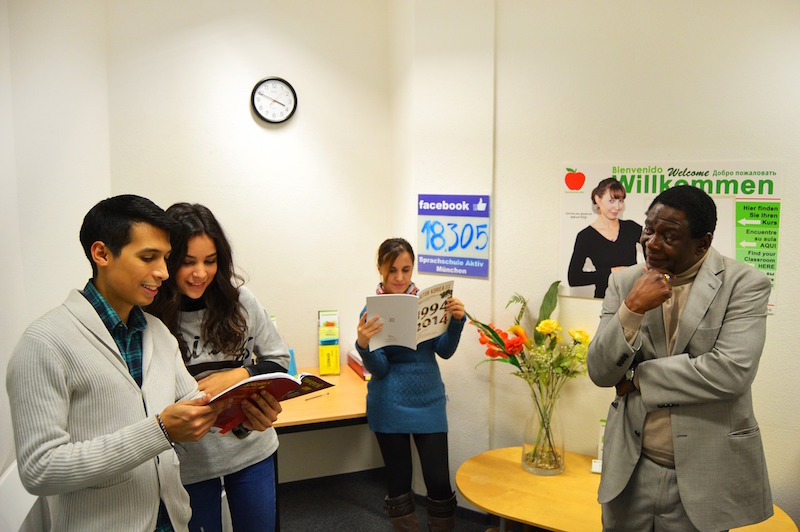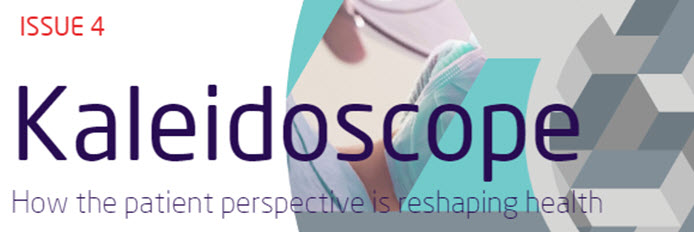Our mission at CREST.BD is essentially two-fold. First, we’re here to optimize the health and quality of life of people living with bipolar disorder through innovative research and knowledge exchange. Second, we’re here to empower communities to engage in bipolar disorders research in a different way. As we’ve grown as a network, we’ve learnt a lot about what works – and what doesn’t work so well – when involving people with mental health challenges in research.
We’ve published a series of academic publications on this this topic, the most recent of which was an open-access paper called: Harnessing the potential of community-based participatory research approaches in bipolar disorder. One of the scientists who peer-reviewed the paper noted that:
“If there were one MVP (Most Valuable Paragraph) in the article, it is the section on how to work with consumers in the research process. The authors’ rich and deep experience is to be highlighted, and the level of specificity is helpful. Many researchers want to incorporate consumers, and try, and fail, and give up because it’s not as simple as it sounds”.
This gave me food for thought. What are some of the key tips we have to share at this point about effective engagement of people with mental illness in health research? Here’s two to get us going:
1. Plan ahead for periods of down-time
By definition, bipolar disorder involves fluctuations in mood, energy, motivation, concentration, and social function – it’s pretty much a given that the peer researchers on your team are going to experience symptomatic periods at some point. However, the impact of these periods – on the both the research and the peer-researcher – can often be reduced or circumvented through advance planning.
One concrete approach we use to plan for periods of down-time is to appoint more than one peer-researcher to specific research tasks or roles. For example, our network needs to have a steady, consistent online presence, with regular postings to our websites and social medial platforms like Facebook and Twitter. So we typically have several peer researchers sharing responsibility for this task. This approach serves multiple purposes – it gives us some leeway if one our team needs to lessen their work load for awhile, but it also encourages knowledge sharing, practical and emotional support, and provides a training structure for newer team members. We also pre-schedule a lot of our posts so we have some time in hand if needed! As another example, the network’s Advisory Groups are often co-chaired by two people with bipolar disorder for the same reasons.
2. Know what people value
We’ve found that time exploring what individual peer researchers value is time well spent. Community members engaging in research do so for diverse reasons and can have different understandings of parameters for success. Explore what attracted the person to the research early on, and revisit the topic periodically. As one example of this, when I first started working with Victoria Maxwell, one of our founding peer-researchers, I remember assuming that she would value co-authoring scientific publications as much as I did. It was important for our working relationship for me to understand, however, that at that time she was prioritizing the growth of her business, Crazy for Life, and that academic publications didn’t, in her eyes, greatly impact that process. (Values shift, of course; I’m delighted as an aside to note that Victoria is about to submit a publication on lived experiences of the benefits psychosis as first-author!)
It’s also wise to remember that while peer researchers may heavily value engaging in research for personal or altruistic reasons, there may be very concrete barriers (e.g., financial) to engagement that need to be addressed first. We’ve often needed to get creative about reducing financial barriers to participation. We’ve bought bus passes in advance, for example, to enable people to get to meetings, covered child care costs and figured work-arounds so peer researchers don’t have to wait the standard university processing times for honoraria payments. Compensating peer researchers appropriately for their expertise is a value statement in itself.







[…] involves people with lived experience working in partnership with a research team. What drew me to CREST.BD’s approach is that people with bipolar disorder inform the research priorities and outputs rather than being […]